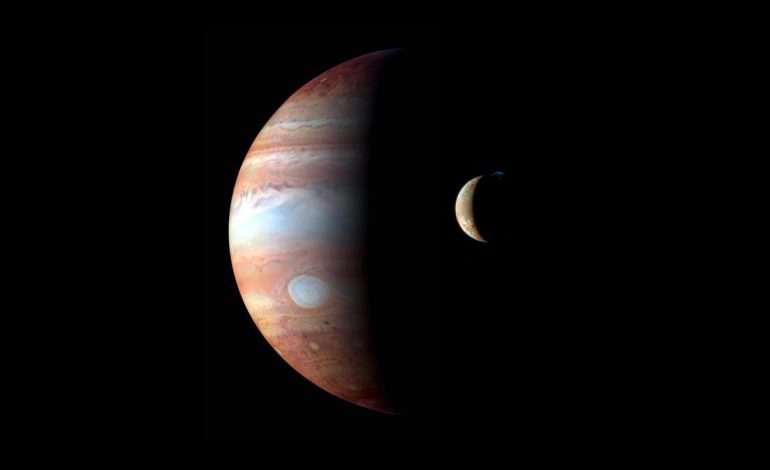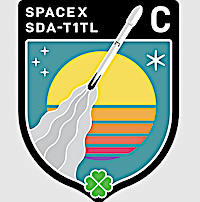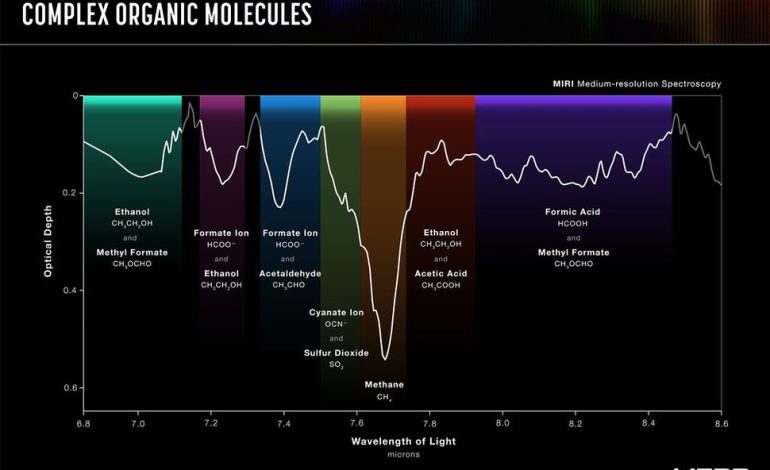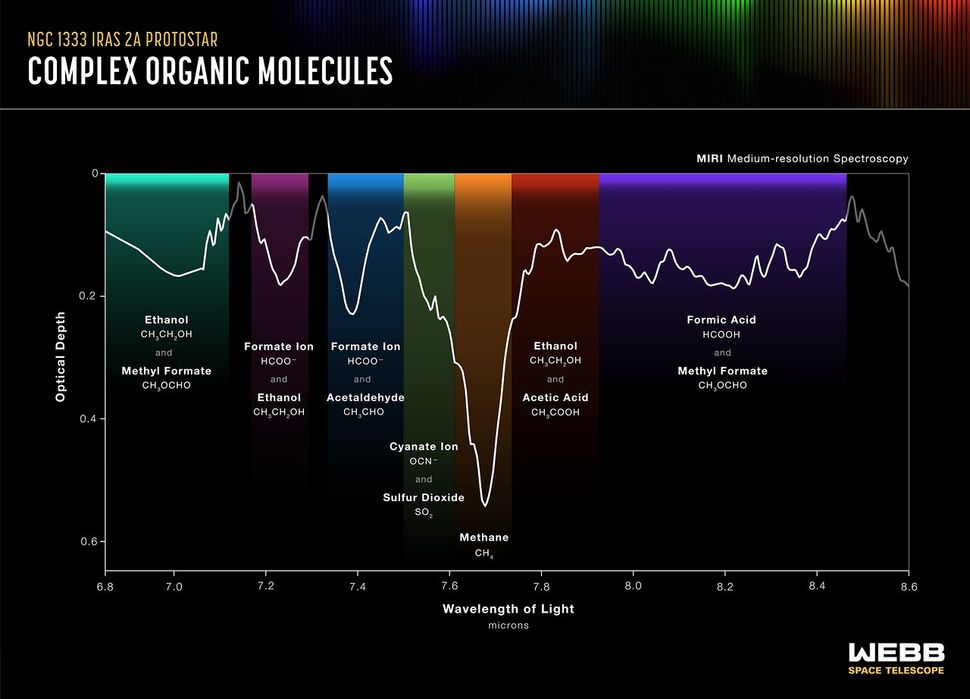SpaceX is scheduled to launch the SDA Tranche 1 Transport Layer C on Wednesday from California.


SpaceX set to launch SDA Tranche 1 Transport Layer C on Wednesday from California (Image Credit: Sat News)


SpaceX is targeting Wednesday, October 15 at 4:03 p.m. PT for a Falcon 9 launch of the Space Development Agency’s (SDA) Tranche 1 data transport mission to low-Earth orbit from Space Launch Complex 4 East (SLC-4E) at Vandenberg Space Force Base in California. This is the second of ten Tranche 1 missions Falcon 9 will launch on behalf of the SDA.
The forecast calls for a temperature of 60°F, clear skies, 0% cloud cover and a wind speed of 14mph.
A live webcast of this mission will begin about 10 minutes prior to liftoff, which you can watch on X @SpaceX. You can also watch the webcast on the X TV app.
This will be the seventh flight for the first stage booster supporting this mission, which previously launched SDA T1TL-B Tranche 1 and five Starlink missions. Following stage separation, the first stage will land on the Of Course I Still Love You droneship, which will be stationed in the Pacific Ocean.
The space vehicles launched during this mission will provide data transport as a part of SDA’s Proliferated Warfighter Space Architecture, a new layered network of satellites in low-Earth orbit and supporting elements that will provide global military tactical communication and missile warning, indication, and tracking capabilities.
There is the possibility that residents of Santa Barbara, San Luis Obispo, and Ventura counties may hear one or more sonic booms during the launch, but what residents experience will depend on weather and other conditions.
Tranche 1 Transport Layer C is one of six missions by the United States Space Force Space Development Agency (SDA) for the Proliferated Warfighter Space Architecture (PWSA) Tranche 1 Transport Layer constellation, which will provide assured, resilient, low-latency military data and connectivity worldwide to the full range of warfighter platforms from Low Earth Orbit satellites.
The constellation will be interconnected with Optical Inter-Satellite Links (OISLs) which have significantly increased performance over existing radio frequency crosslinks. It is expected to operate over Ka band, have stereo coverage and be dynamically networked for simpler hand-offs, greater bandwidth and fault tolerance.
This launch carries 21 small ssatellites manufactured by Lockheed Martin.






